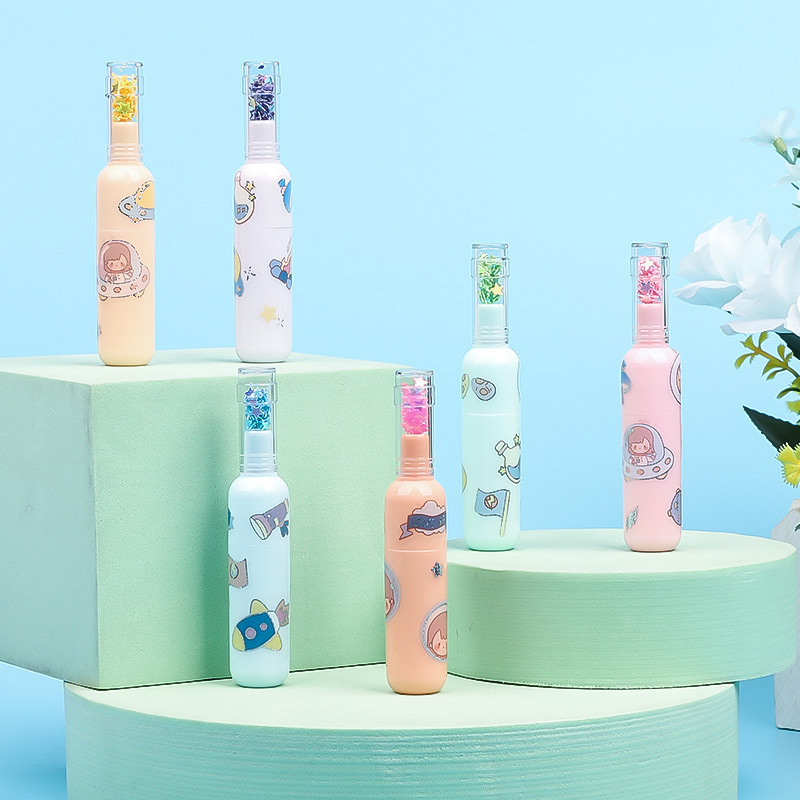Watercolor pens are rapidly becoming a among artists, hobbyists, and educators for their unique blend of traditional watercolor effects and the convenience of a modern pen. Unlike conventional brushes and paints, watercolor pens offer portability, ease of use, and precision, enabling creators to explore watercolor techniques without the need for extensive setup or cleanup. This combination of versatility and accessibility is fueling a surge in popularity that is reshaping the art supplies industry.
With innovations in ink technology and pen design, watercolor pens are not only tools for novices but are gaining respect as professional-grade instruments capable of producing stunning, high-quality artwork.
Bridging Tradition and Innovation
Watercolor has long been cherished for its fluidity, translucence, and the subtle layering of colors that create rich textures and depth. However, traditional watercolor painting requires brushes, palettes, water, and careful technique—often intimidating for beginners or cumbersome for artists on the go.
Watercolor pens solve these challenges by encapsulating watercolor pigments in a controlled, pen-like form. This allows artists to draw, color, and blend with ease, delivering the vibrant, soft washes characteristic of watercolors but with more control and less mess.
The pen’s fine tip enables detailed line work and precision, while blending with waterbrushes or even a damp finger lets artists soften edges and create beautiful gradients—opening doors to new styles and creative workflows.
Growing Popularity Among Artists and Educators
The accessibility of watercolor pens has led to widespread adoption in schools, art studios, and therapeutic settings. For educators, these pens simplify watercolor instruction, enabling students of all ages to experiment with color mixing and brush techniques without the usual logistical barriers.
Therapists and counselors have also incorporated watercolor pens into art therapy practices. The ease of use helps participants focus on expression and creativity, reducing anxiety about handling traditional materials and allowing for a more open creative process.

Professional artists are exploring watercolor pens as both a standalone medium and a complement to other tools. Many illustrators use them for sketching, layering colors, or adding subtle washes, appreciating the pens’ quick drying time and portability.
Technological Advancements Enhance Quality and Range
Recent innovations in watercolor pen technology have expanded their appeal significantly. Manufacturers now offer pens with highly pigmented, lightfast inks that resist fading over time—an important consideration for artists creating archival-quality work.
The inks are often water-soluble but also formulated for smooth flow and consistent color release, reducing skipping or blotching. Some brands feature dual-tip designs, combining a fine tip for detail and a brush tip for broader strokes and washes, enhancing versatility.
In addition, improved ergonomics—such as lightweight barrels and textured grips—make these pens comfortable for extended use, encouraging experimentation and reducing hand fatigue.
Expanding Market and Consumer Segments
Watercolor pens have carved out a dynamic niche that intersects the realms of traditional fine art, crafts, and design. Hobbyists are drawn to these pens for scrapbooking, card making, and journaling, where vibrant washes and fine details add unique visual appeal.
The rise of DIY culture and the “maker movement” has increased demand for accessible yet high-quality art supplies, positioning watercolor pens as ideal entry points for beginners seeking creative outlets.
Online communities and social media platforms have also contributed to the surge in interest. Tutorials, speed paintings, and creative challenges featuring watercolor pens inspire new users and foster vibrant artistic networks worldwide.
Environmental and Sustainability Considerations
With growing consumer awareness about environmental impact, manufacturers of watercolor pens are exploring sustainable materials and packaging options. Refillable pen systems and recyclable components are becoming more common, appealing to eco-conscious artists.
Water-based, non-toxic inks align with health and safety regulations, making these pens safe for all ages and environments. Brands that highlight their green credentials gain favor in educational and professional markets where sustainability is a priority.
Challenges and Opportunities Ahead
Despite their advantages, watercolor pens face competition from traditional watercolor sets and digital painting tools. Some purists argue that pens lack the subtlety of brush-on-paper techniques, while digital media offers endless editing possibilities.